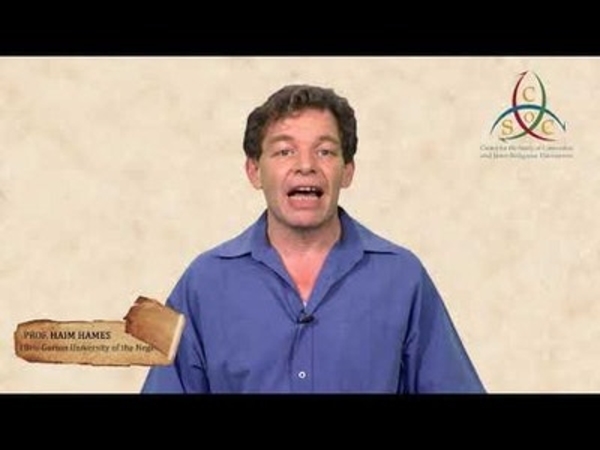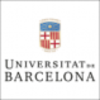Price:
9448 EUR
Contact
Technion - Israel Institute of Technology
Description
Conversion is a multidimensional phenomenon with religious, social, political and legal implications. By examining these implications, one can learn how religious communities function, how they deal with identity issues, and how and
why they demarcate their boundaries.
Conversion canalso illustrate the policies and internal structures of such communities, interactions with those deemed as "Others", and the dynamics of minority-majority cultural groups living alongside one another.
The courseprovidesan analytic structure for understanding political, social, religious and legal issues, communal and religious limits, and the exchange of knowledge.
In this course you will find:
Variety
We tackle the diverse expressions of the phenomenon, utilizing research tools from a wide spectrum of disciplines and integrating such study into the academic world as a distinct interdisciplinary area of inquiry.
Accessibility
The digital format enables intimate and immediate meetings with ancient texts to which most of you do not have access (they will appear in the course in their original language as well as translated into English), along with exposure to works of art from the same period and the valuable information thatcan be distilled from them.
Instructors
Twenty-six world-renowned specialists guide you through the learning process, providing a broad historical, cultural and religious background for the texts. The experts help you to gain an understanding of the period in which the texts were written, and the events and ideas that the texts influenced.
Identity
The texts yield multiple notions on the forms that conversion has taken and on the forcesthat drive such a decision. These ideas broaden and enrich your grasp of the different ways people, throughout history and across the globe, have self-identified upon a continuum of identities. These include their natal religion, their chosen faith, their motivations for conversion and social, economic, legal, personal and other factors that may have contributed to the choice to convert.
Hence, past and present are in constant dialogue in this course, as are the geographical spaces in which the events occurred.
Specific details
Category of Education
Arts and Humanities







 How to resolve AdBlock issue?
How to resolve AdBlock issue? 


Comments (0)